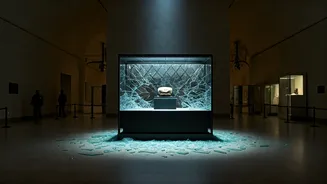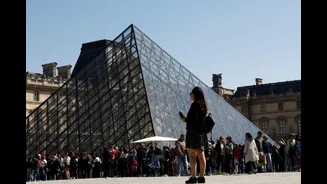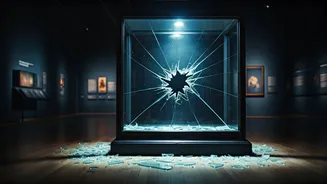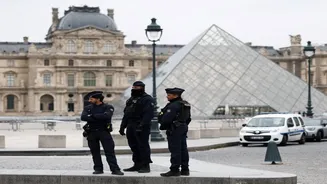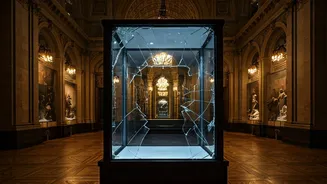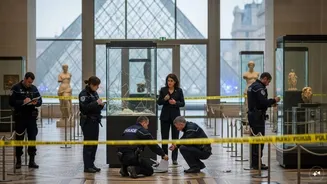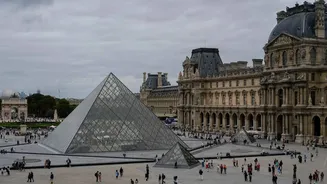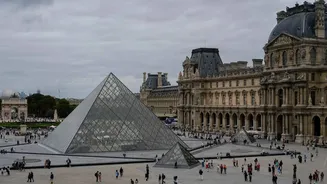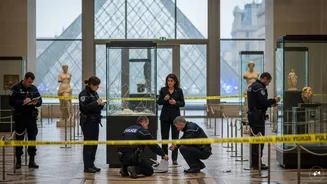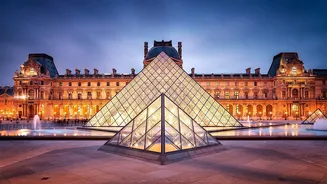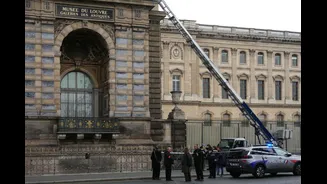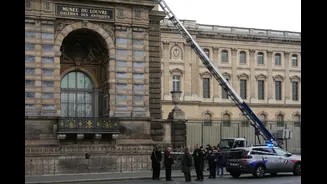Incident Unfolds
The Louvre Museum, a beacon of art and history, recently experienced a significant security breach, resulting in its temporary closure. The incident was
quickly confirmed, triggering immediate action from authorities. The Culture Minister, Rachida Dati, was promptly notified and initiated an official inquiry. The closure aimed to facilitate a thorough investigation of the incident and assess the extent of the damage or loss. This move was crucial to secure the site and gather essential evidence for the investigation. The closure affected daily operations, preventing visitors from accessing the museum's extensive collection of art and historical treasures. The authorities' focus was on determining the nature of the theft, identifying the perpetrators, and implementing measures to prevent similar incidents in the future. The events brought the museum's security protocols under intense scrutiny, raising critical questions about their efficacy.
Ministerial Response
Following the confirmed robbery, Culture Minister Rachida Dati immediately took charge of the situation, directing an investigation into the incident. Dati's immediate response demonstrated the seriousness with which the French government regarded the security breach. She emphasized the importance of safeguarding the nation's cultural heritage. Her role was critical in coordinating the efforts of various agencies, including law enforcement and museum officials. The investigation aimed not only to recover any stolen items but also to determine the lapses in security that allowed the robbery to occur. The minister's intervention included assessing existing security measures and exploring ways to improve them. This proactive approach underscored the government's commitment to protecting the Louvre and its priceless collection. Dati's actions included ensuring the museum's safety and restoring public confidence in the institution's ability to protect its treasures.
Security Concerns Raised
The incident at the Louvre has brought museum security into sharp focus. The incident prompted a comprehensive review of existing safety protocols, from surveillance systems to personnel training. Questions arose about the effectiveness of current security infrastructure and whether it was sufficient to deter or prevent such a crime. The review included assessing the vulnerability of valuable artifacts and the areas most susceptible to theft. Experts were called upon to offer insights and recommendations for enhancing security measures. It was also considered whether the existing security personnel were adequately trained and equipped to handle potential threats. Such assessments were vital to identify weaknesses and make appropriate adjustments. The review's purpose was to reduce the risk of future incidents and preserve the integrity of the Louvre’s collections. Enhanced security is essential for the museum to maintain its global reputation and ensure the safety of its visitors and assets.
Impact and Future
The closure of the Louvre after the robbery impacted both the museum's operations and public perception. The temporary closure disrupted daily visitor routines and potentially caused financial losses. The incident could influence tourist trends in the coming period. The closure provided an opportunity to thoroughly examine the crime scene and gather evidence for the investigation. Looking ahead, the Louvre must implement any recommended security enhancements. These may include advanced surveillance technology, improved access control, and upgraded security personnel. The goal is to strengthen the museum’s defenses against future incidents. The outcome of the investigation will be closely watched, as it may influence security protocols for other major museums worldwide. The incident also serves as a reminder of the need to protect cultural heritage and the importance of safeguarding valuable art collections.
